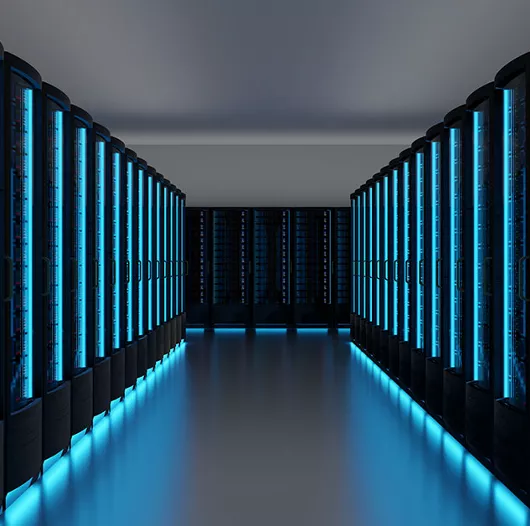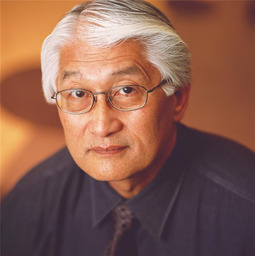The Rise of the Nuclear-Powered Data Center


This month Power Engineering reported that Microsoft is hiring for a principal program manager of nuclear technology. This position would be responsible for implementing Small Modular Reactors (SMRs) and microreactor energy strategies for data centers.
The nuclear industry is moving toward these smaller, simpler nuclear reactors in large part because they are relatively safer and more economical to build, install and maintain. Their modular designs enable them to be prebuilt in a factory, transported, and installed like a modular home. In fact, Ontario Power Generation recently signed a contract with GE Hitachi to install their BWRX-300 SMR. This will be the first SMR to be installed in North America.
Data centers are a huge consumer of electricity. A large data center with thousands of servers can consume 100M MW of electricity. A January 2023 McKinsey report projected that the power consumption of US data centers will grow from 17G W in 2022 to 35 GW in 2030. Today the US accounts for 40 percent of the global data center market. Not only do data centers require a lot of electricity, that electricity must be available 100% of the time and must be able to scale up on demand. Electricity must also be carbon free if organizations are to meet Net Zero sustainability goals. This is where nuclear data centers may be the best solution.
Data centers that rely on the grid for their energy cannot be sure that the electricity is totally carbon free since some existing coal and gas fired electrical power plants will still be connected to the grid for some time to come. McKinsey reports that some data centers are signing Power Purchase Agreements (PPA) with renewable power energy companies like solar power and wind farms. But because this power is intermittent and dependent on the weather, it must be backed up with expensive battery systems. Batteries, for their part, are a limited time solution, so a backup is also required for long term outages and normally that backup would be a diesel generator.
A more stable non-fossil fuel solution would be the SMR, for steady, reliable nuclear generated electricity that is carbon-free. Ontario Power Generation’s BWRX-300 SMR will generate up to 300MW of electricity and require a fraction of the land required by todays’ large nuclear reactors. If more power or a backup is required, multiple SMRs can be installed in a cluster.
According to the World Nuclear Organization website dated July 2023, provides a list of SMR deployment plans. GE Hitachi is listed as being involved in the development of four of these SMRs. (The list, however, does not show GE Hitachi’s collaboration with Holtec’s SMR 160, where GE Hitachi has designed the control rod drive mechanism for their reactor.)
So, the short story is don’t be surprised when nuclear reactor comes to a data center near you. The question will be: do you have a principal program manager for nuclear technology on staff?

Hu Yoshida spent 24 years at Hitachi Vantara helping define technical direction and enabling customers to address their digital transformation needs. He is widely known in the industry and was instrumental in evangelizing Hitachi's unique approach to storage virtualization.